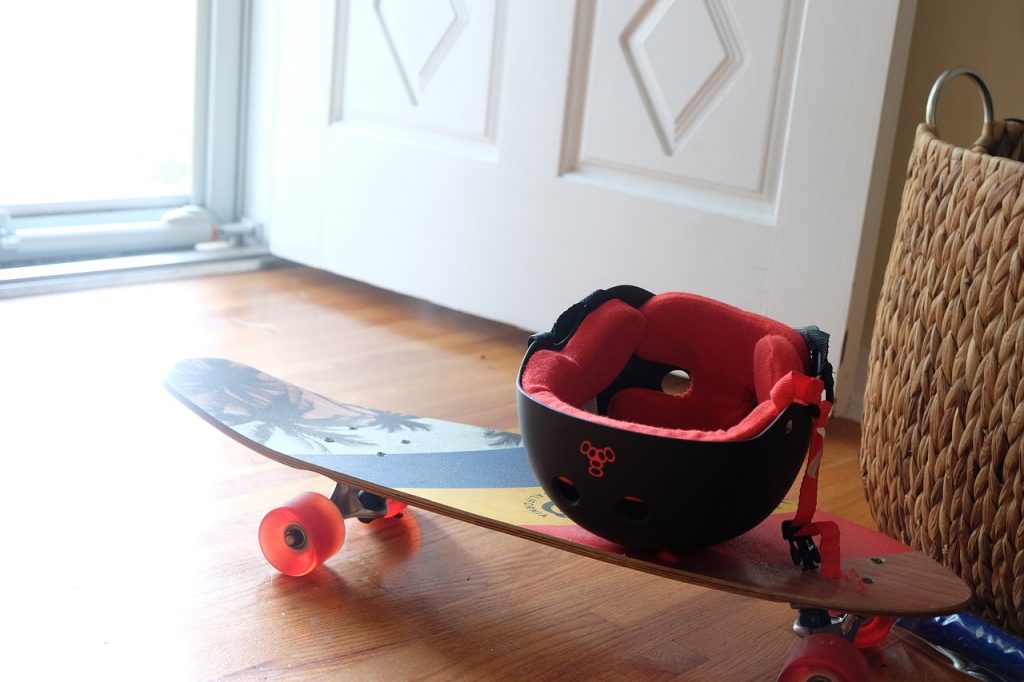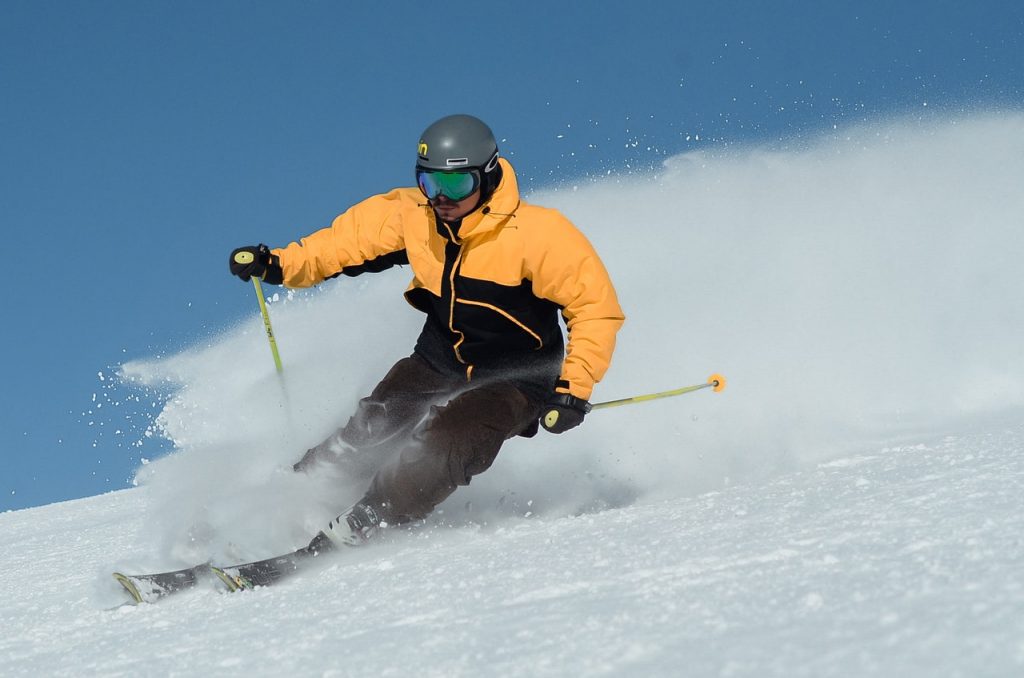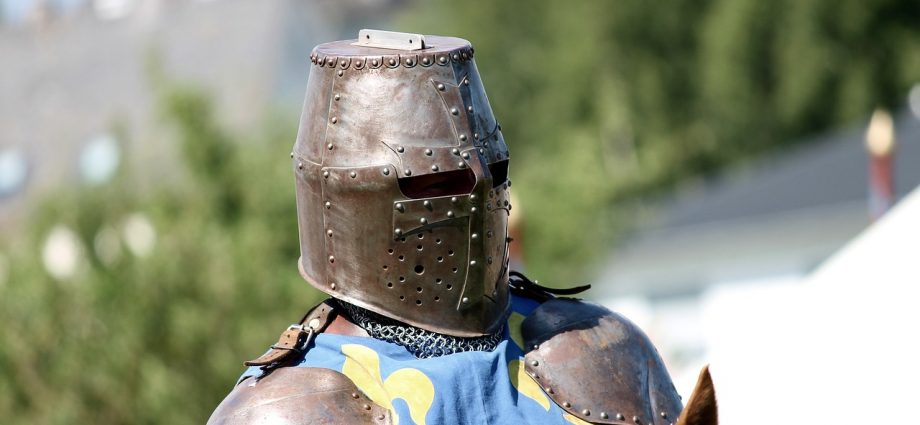How Do You Protect Your Head?
Our brain is a jelly-like organ. It is found floating in our skull within a protective membrane. So if your head stops by hitting something, the brain will continue to move and shake off by hitting the inside of your skull.

Depending on the severity of the impact, your brain is likely to be damaged. This damage can result in bleeding and inflammation. In this case, the brain swells inside the skull. Because there is not enough room, it will apply pressure to and down your eye sockets. This means that other organs are also damaged. We wouldn’t want such a situation, would we?
Our skull suffers little damage from bumps like a cabinet door. But falling hard on a concrete floor is really bad for us.
The most important thing in helmet selection is that it fits your head perfectly. Second, it fits your needs. According to your needs, the following features can also make your selection easier;
- Ventilation
- Adjustable feature
- Windshield feature
- Security certificate
- Your usage time
- Brand quality.
We need to use helmets to neutralize the forces that cause concussion. Thanks to a mechanism called MIPS, its outer shell absorbs dangerous forces at the moment of impact.
So what kind of helmets are used in different sports?
We searched for you.

For Skiers
Light and dense foam and a substance called Koroyd make up the protective layer of the snow helmet. Koroyd consists of small synthetic tubes that are lined up like a bee comb and can change shape to absorb impacts. In the exoskeleton, the area between the ears is covered with soft and light polycarbonate shields. The front of the head is covered with hard plastic material.

For Motorcycle
The dangerous reason for motorcycle accidents is actually the speed reached. The same danger applies to extreme sports on the track. The outer shell is made more durable with helmets made of a mixture of fiberglass, carbon fiber and a hard synthetic material called aramid. The risk of accidents is tried to be reduced with helmets that offer an increased perspective.

For Skate
Skateboarders and demonstration bikers perform their shows on concrete surfaces. They use helmets with dozens of dense foam cones that reduce the impact of the impact and reduce the G force in the event of an accident.

For Nature Sports
According to the statistics collected by mountain rescue teams, lower leg (calf, ankle, foot) injuries are the most common in mountaineering accidents. However, the majority of fatal accidents are caused by direct or indirect head injuries.
The head is fragile and needs protection against two risks in particular. The first is that many people think of falling stones. However, it can be a falling stone, ice, snow, climbing material or even your partner. The second one that is often overlooked is the injuries that can result from your unbalanced fall.
In such a situation, head injuries can take two forms. The first thing that comes to mind is that a sharp object pierces the skull, causing injury and cracking it. The second is brain trauma or cerebral hemorrhage caused by severe blows. The task of the helmet is to protect you in such situations by absorbing the energy of the collision. However, it should not be forgotten that wearing a helmet does not reduce the chance of an accident. It reduces the likelihood or amount of injury when an accident occurs.

For Bicycle
For cyclists, hill climbs are like torture with a bad helmet for ventilation. Both the ventilation ducts and the lightness and the comfort of the interior are the features that are sought. Of course, the foam layer, which reduces the impact of fast impacts, is also a must for safety.


